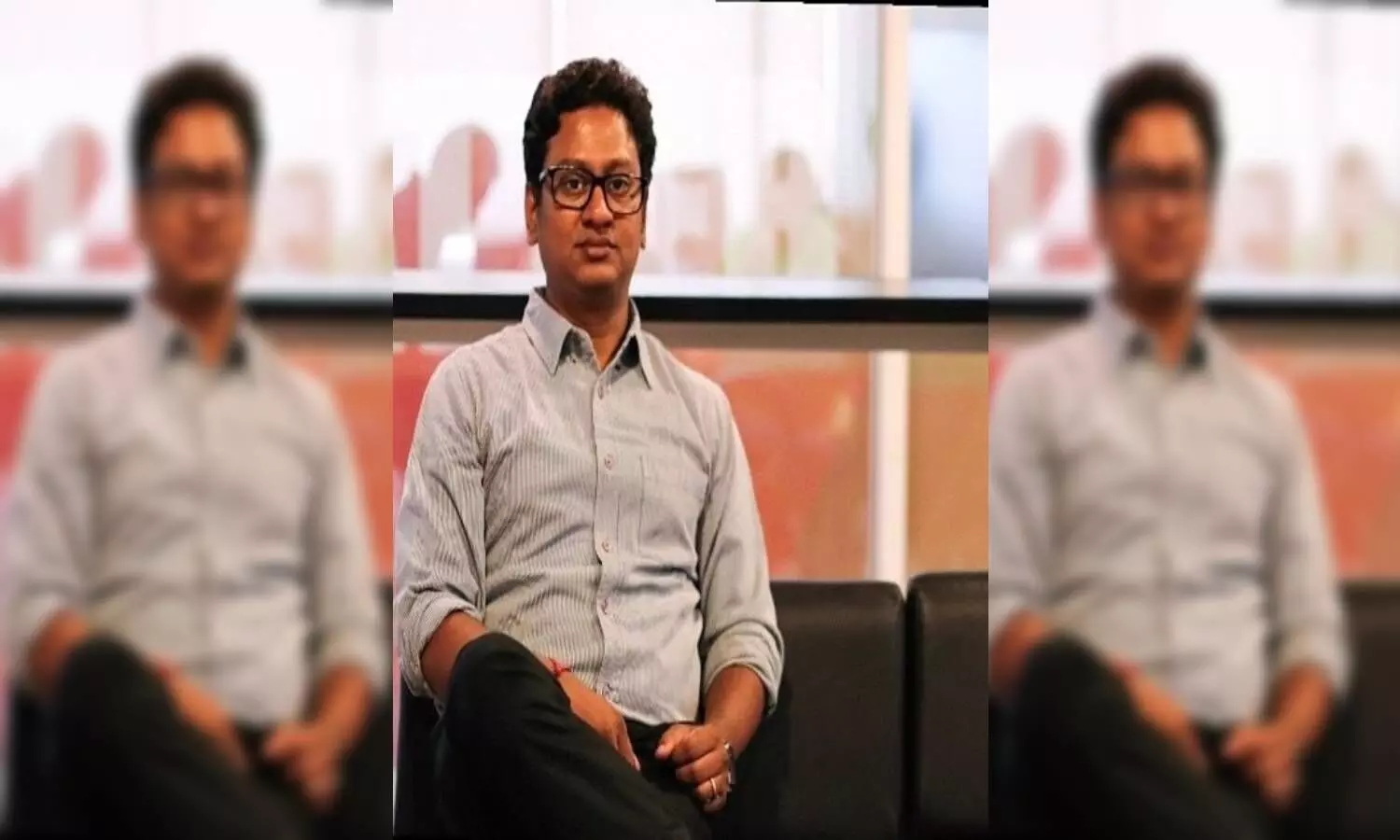Interlocking mud bricks: Hyd architect designs tech for cooler, eco-friendlier home
Sai Prasad Renugunta of Urban Ecology has successfully explored the possibilities of using Interlocking Stabilized Compressed Earth Blocks (ISCEB) technology in the construction industry.
By Nimisha S Pradeep
Hyderabad: "Mud bricks are tricky. When it comes to its proportion, it takes time to master," says architect Sai Prasad Renugunta who recently designed the mud brick interlocking technique in construction for the first time in Hyderabad.
Sai Prasad Renugunta of Urban Ecology has successfully explored the possibilities of using Interlocking Stabilized Compressed Earth Blocks (ISCEB) technology in the construction industry. Urban Ecology is a Hyderabad-based start-up consisting of architects, engineers, and environmentalists who believe in working towards a sustainable tomorrow.
Proportions of ingredients differ from soil to soil for achieving the right mud brick. But Prasad has found the best formula for Hyderabad soil. "A particular ratio of soil should be mixed with sand, cement, and lime to get the right form of brick," he says.
He adds, "Compared to conventional buildings, buildings made with interlocking stabilized mud blocks are very eco-friendly." Stabilization is a technique of improving the properties of mud without burning. In this interlocking technology, Prasad explains, there is no need to use mortar (a mixture of sand, water, and cement or lime which is put between bricks to hold them together). The gravity and the interlocking features hold the mud bricks together. Another highlight is that plastering can be completely avoided with this technology.
"In our homes, painting over cement walls leave harmful components but for stabilized mud blocks, such issues will not persist as they are natural and eco-friendly," says Prasad.
The interlocking of mud bricks is a good option for Hyderabad especially because of its hot temperatures. "Generally, there is a lot of heat within buildings. But stabilized mud blocks ensure cooler houses because of their high thermal mass characteristic," says Prasad.
Also, usually, bricks are burnt before using for construction but stabilized mud blocks need not be burnt and as a result, carbon dioxide emissions can be reduced. It's also a cost-effective technique.
Sustainability has always been Prasad's push factor. From organic farming to rainwater harvesting to the recent mud brick interlocking, exploring sustainable technologies of living has been his intention always. With maximum light, air, and ventilation, Prasad hopes that his innovation will help in building houses that are more adaptable to our environment.
Sai Prasad's 'Rainmax', rainwater harvesting filters which he designed around two years ago, is now a pan-India, popular product online. He is expecting to launch the same in the markets next year.